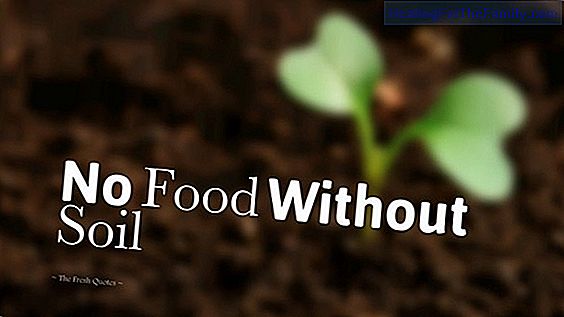The danger of eliminating lactose from the diet of children without medical recommendation
Years ago, the egg, staple food in the Mediterranean diet, was in the spotlight for its alleged relationship with the increase in blood cholesterol. Subsequently, and after a drastic decrease in consumption for years, it has been shown that its consumption does not involve any risk, and if it provid
Years ago, the egg, staple food in the Mediterranean diet, was in the spotlight for its alleged relationship with the increase in blood cholesterol. Subsequently, and after a drastic decrease in consumption for years, it has been shown that its consumption does not involve any risk, and if it provides, however, numerous nutrients difficult to find in other foods.
In the same way that this negative effect on egg health was attributed, to this day negative or positive effects are attributed to certain foods or nutrients that cause the consumer to be inclined to consume them or radically stop consuming them. However, it is dangerous to eliminate lactose and gluten from children's diet at our own risk, without the opinion of the pediatrician.
The mistake of eliminating lactose and gluten from children's diet

For example, lactose from milk and gluten from foods such as wheat, are on everyone's lips as problematic for health, so many Parents, even without the recommendation of the pediatrician or without a diagnosis that supports them, are withdrawing them from their children's dietwith the intention of avoiding the supposed disorders. The result of this elimination may be precisely the opposite to the desired, creating problems where there were none.
The elimination of lactose from children's diet, either through the total elimination of milk from the diet or through the use of alternative lactose-free products, tends to address a false belief: its relation to the appearance of asthma symptoms or with an increase in mucus and phlegm in colds or their viscosity.
Lactose is the sugar in milk, a disaccharide made up of a glucose unit and a galactose unit. Breast milk also contains lactose, so, from birth, the baby is ready to digest this sugar. For the digestion of lactose, that is, for its breaking or decomposition into simple sugar units that the cells can use, it is necessary that the organism produces lactase, an enzyme that, in principle, the human body would stop producing after weaning. However, while in prehistory hominids were unable to consume milk after weaning, at present most people produce enough lactase to tolerate their lifelong consumption.
Some children stop producing lactase over the years and begin to show symptoms of intolerance. In these cases, after diagnosis, it will be the pediatrician who recommends the elimination of milk (yogurts and cheese generally do not have lactose or have negligible amounts) to avoid the unpleasant symptoms.
Doing it without necessity supposes that the child begins to produce less and less lactase, becoming intolerant when it was not before. This intolerance is usually reversible, being able to tolerate lactose again if it is reintroduced little by little, but, inevitably, the child is passed through a period of uncomfortable symptoms without need. In addition, limiting dairy consumption in childhood can cause problems in the absorption of calcium and its binding to bones, and therefore affect growth.












